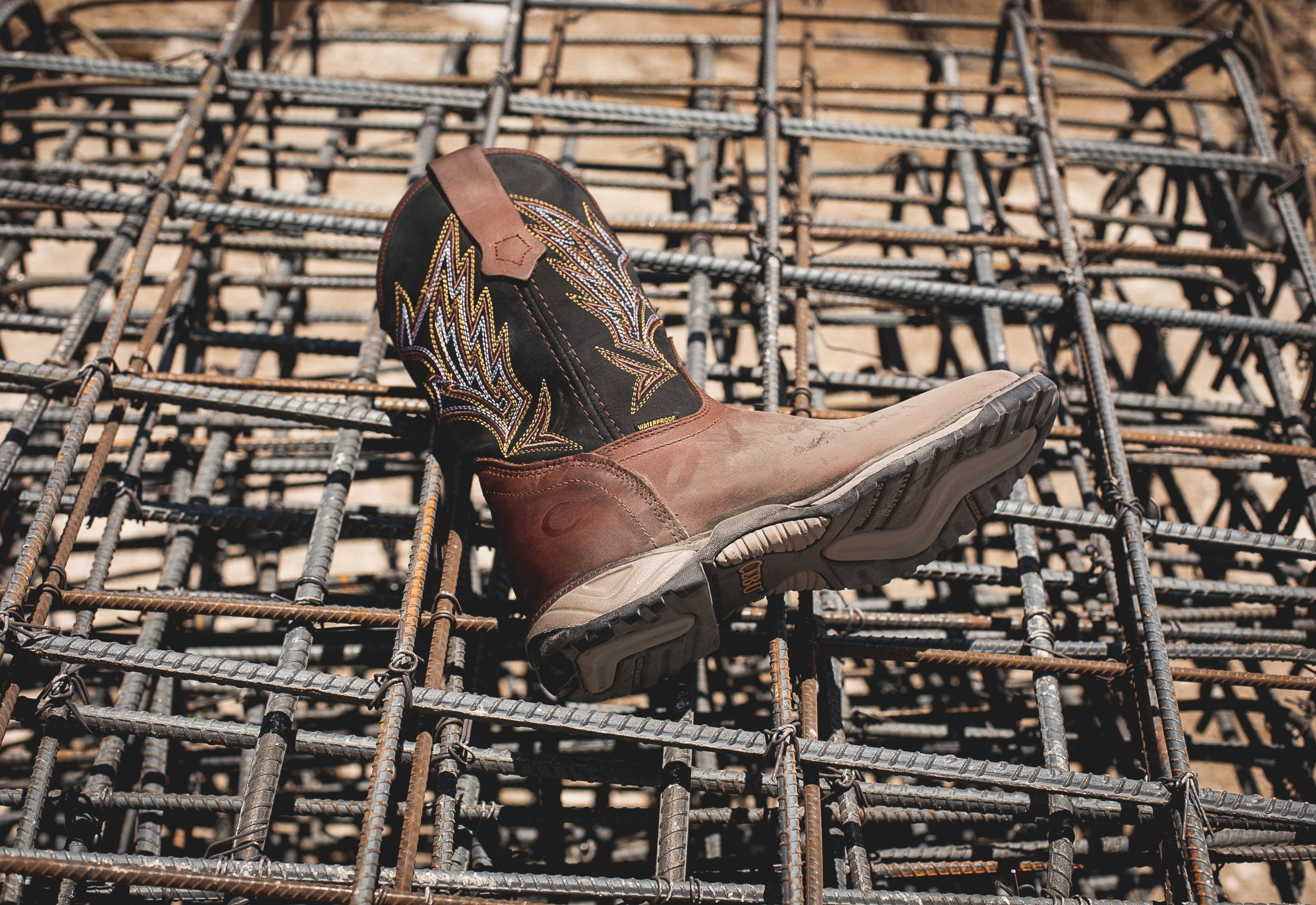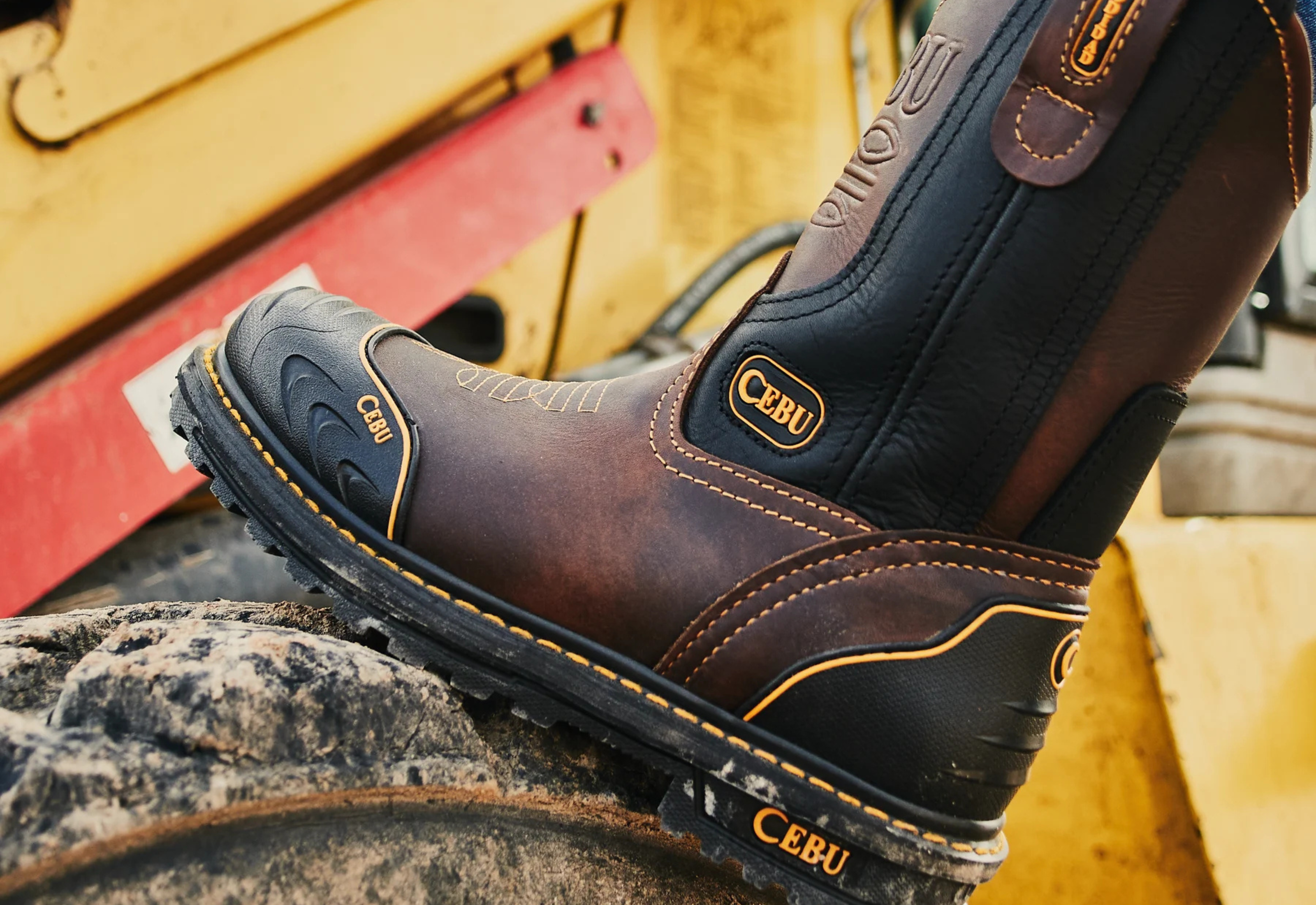One of the most essential components to proper PPE (Personal Protective Equipment) is what’s on your feet, safety shoes are more than a legal requirement. They are essential to work safety and should be worn at all times. The Occupational Safety and Health Administration (OSHA) requires that personnel wear safe work boots in the presence of any hazard, and the employer is responsible for determining the right kind of boot for the job site.



